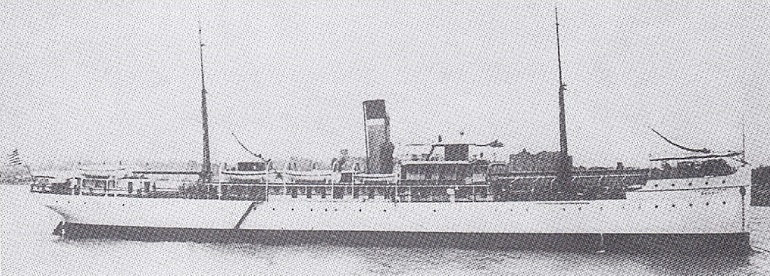On October 23, 1922, the Siberian Flotilla, consisting of twenty three less-than sea-worthy vessels, set sail out of the Golden Horn Bay, Vladivostok.
What ensued turned out to be a three month perilous, agonizing, extremely difficult journey. Beset with pestilence, famine, death, inhospitable, and untrustworthy neighboring countries. flotilla passengers witnessed the loss of two of their vessels.
During a brief stay in Shanghai, many physically and suffering from exhaustion begged to remain in Shanghai. Continuing to search for help, a successful contact was made with the United States. General Leonard Wood, Governor of the Philippines, offered the refugees sanctuary.
On January 19, 1923, Admiral Stark and what remained of the flotilla gathered at Mariveles, north of Manila. This would be a new beginning for the refugees, but an end for part of the mighty Imperial Russian Navy.
Remaining flotilla ships were sold. With these funds and the support of the American Red Cross, Admiral Stark made sure that the basic needs of the remaining members would be taken care of living in an encampment at Olongapo.
As quotas were lifted in various countries, refugees took advantage of relocating to South America, Australia, New Zealand, etc. In time, quotas were lifted in the United States, thus, those who wished to go there, now had the opportunity. With free passage paid for by the U.S. government.
On May 23,1923, Admiral Stark delivered his final address and watched as the USAT Merritt lifted it's anchor and slowly set sail out of the harbor with 526 Russian refugees on board bound for the United States, Treasure Island in the San Francisco bay.

